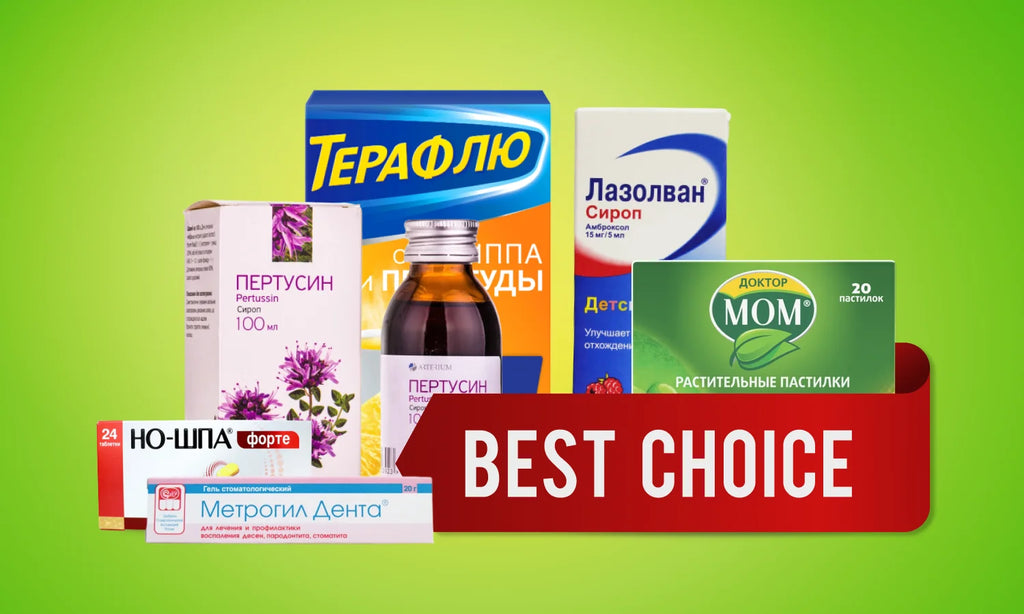Side effects
When using local corticosteroids, the following adverse events may occur:
– burning, itching, irritation, dryness
– folliculitis
– hypertrichosis
- acne
– hypopigmentation
– perioral dermatitis, allergic contact dermatitis
The following undesirable effects may occur more frequently when using occlusive dressings:
– skin maceration
– secondary infection
– skin atrophy
– stretch marks, prickly heat
– vasodilation
Striae and vasodilation (mainly on the face) can be the result of prolonged continuous application of the drug.
Contraindications
– individual hypersensitivity to the components of the drug
– acne, rosacea
– perioral dermatitis
– widespread plaque psoriasis
– perianal and genital itching
- phlebeurysm
– diaper dermatitis
- chicken pox
– skin tuberculosis
– other bacterial and fungal skin infections without proper antibacterial and antifungal therapy
– herpes zoster
– herpes simplex
– molluscum contagiosum
– ringworm
– skin manifestations of syphilis
– skin reactions after vaccination
– children up to 2 years old
Drug interactions
There is no known interaction when using the drug in ointment form.
If irritation or hypersensitivity occurs during use of the drug, treatment should be discontinued.
When dandruff or keratinization disappears, treatment is continued only with corticosteroids.
In case of infection, appropriate therapy should be prescribed.
Side effects that occur with the use of systemic corticosteroids, including suppression of adrenal cortex function, can also be observed with excessive and long-term use of corticosteroids, especially in pediatric practice.
Systemic absorption of topical corticosteroids and salicylic acid is increased when large areas of skin are treated, as well as when occlusive dressings are used.
When used on the face or children, the duration of therapy should be limited to 5 days.
Long-term drug therapy should be avoided in all patients, regardless of age.
If skin irritation develops, including excessive dryness, you should stop using the drug.
Patients with impaired liver function are more sensitive to systemic effects.
Relapse is possible if treatment is interrupted. The infection may worsen and healing may be delayed.
The drug should not be used in ophthalmology.
Avoid contact of the drug with the eyes and mucous membranes, wound surfaces and ulcers.
Application of the drug to areas with atrophied skin is contraindicated.
Use in pediatrics
The drug should be used in children over 2 years of age. The duration of treatment for children should be kept to the minimum possible time.
Children are more likely to experience signs of suppression of the hypothalamic-pituitary-adrenal system and the appearance of external corticosteroid effects under the influence of local corticosteroids than in adult patients. This is due to greater absorption of the drug in children due to the greater ratio of skin surface area to body weight. In children receiving treatment with topical corticosteroids, depression of the hypothalamic-pituitary-adrenal system, Cushing's syndrome, linear growth retardation, insufficient body weight gain, and increased intracranial pressure may be observed. Manifestations of adrenal suppression in children: low plasma cortisol levels and lack of response to ACTH stimulation. Increased intracranial pressure is manifested by protrusion of the fontanelle, headache, and bilateral swelling of the optic discs.
Do not use the drug under diapers.
Pregnancy and lactation
The safety of using local glucocorticosteroids in pregnant women has not been proven, so the prescription of this group of drugs during pregnancy is possible only when the potential benefit to the woman outweighs the potential risk to the fetus. During pregnancy, drugs in this group should not be used in large doses or for a long time.








